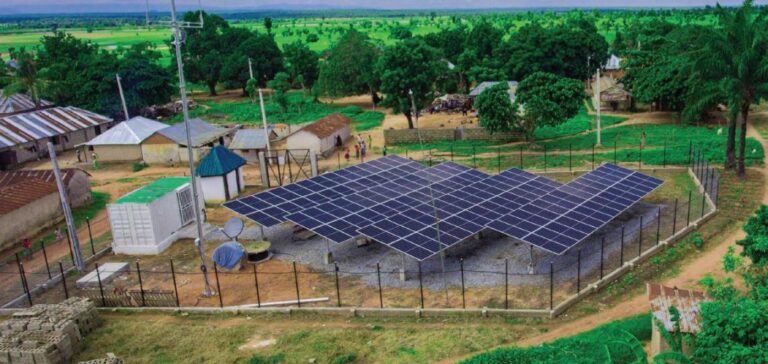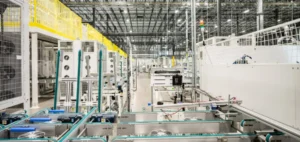Sub-Saharan Africa faces a major electrification challenge. According to the International Energy Agency (IEA), nearly 570 million people do not have access to electricity out of a total population of 1.2 billion in 2022. Faced with the budgetary constraints of states and the logistical challenges of expanding national grids, off-grid solar is emerging as an increasingly credible alternative.
Growing Investments for an Agile Solution
At a summit held in Tanzania, the World Bank and the African Development Bank announced significant financial commitments to support the development of off-grid solar. These institutions plan to mobilize between $30 billion and $40 billion for the World Bank, and $18 billion for the African Development Bank, in order to accelerate access to electricity across the continent.
Off-grid solar, which encompasses solutions ranging from photovoltaic lamps to independent mini-grids, benefits from constant improvements in terms of efficiency and costs. The falling prices of solar panels, combined with technological advances, now make it possible to power increasingly energy-consuming devices, including televisions and refrigerators.
A Competitive Alternative to National Grids
The expansion of traditional electrical grids remains a major challenge. In the Democratic Republic of the Congo (DRC), where only 21% of the population had access to electricity in 2022, according to the World Bank, extending the grid represents a colossal investment. Existing infrastructure covers a small portion of the territory, limiting access to rural and remote areas.
Even in better-equipped countries like Kenya, the national grid only covers 40% of the country, leaving a large portion of the population dependent on off-grid solar, which already accounts for 20-25% of electricity access. The rapid deployment and flexibility of these solutions make them an immediate response to the needs of populations and businesses.
An Expanding Market Amid Frequent Power Cuts
Frequent power outages in several countries increase the attractiveness of off-grid solar. In Nigeria, Africa’s largest oil producer, power cuts are common, and diesel generators remain a widespread but expensive solution. In South Africa, where the 2023-2024 energy crisis disrupted many economic sectors, the use of solar has accelerated to counter the instability of the grid.
This situation fuels demand for autonomous solutions and reduces dependence on centralized infrastructure. Many households and businesses are investing in these technologies to secure their electricity supply while optimizing their operational costs.
A Demographic and Economic Challenge
Despite these advances, the number of Africans without electricity continues to rise. Between 2010 and 2022, this figure increased from 566 million to 570 million, according to the IEA. The continent’s rapid population growth is putting constant pressure on existing energy infrastructure, while successive economic crises have hindered electrification initiatives.
The Covid-19 pandemic also contributed to slowing down grid extension projects, impacting the investment capacity of states and businesses. The combination of these factors highlights the urgency of accelerating the deployment of off-grid solutions to meet the needs of a growing population.






















